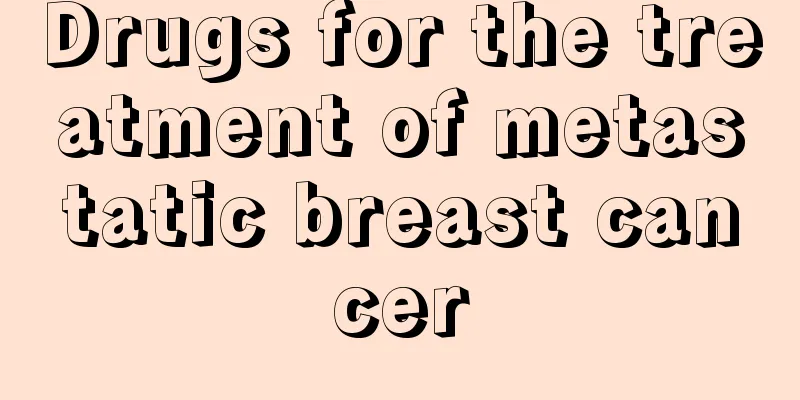What causes arterial embolism?

|
Arterial embolism is a common clinical disease, generally referring to acute arterial embolism. This type of disease has a great impact on people's bodies and may even be life-threatening in severe cases. The main site of arterial embolism is the limbs, and if not treated in time, amputation may occur. The causes of this type of disease are rather complex, and Chinese and Western medicine have different views, so the treatment must also be based on the cause. So what causes arterial embolism? 1. Western medicine believes (1) Smoking: nicotine causes vasoconstriction. (2) Cold stimulation causes vasospasm. (3) Hormone level disorder causes vasodilation disorders. (4) Fungal infection. In addition, after years of observation, many patients had a history of trauma to the affected foot before the onset of the disease. Some of the injuries occurred several years ago, or even more than 10 years ago. Therefore, it is believed that trauma-induced intravascular congestion and chronic persistent infection are also one of the causes of the disease. The above factors cause spasm of small and medium-sized arteries and veins, non-purulent inflammation, and increased blood viscosity, leading to thrombosis and even blood flow occlusion, resulting in impaired blood supply to the extremities. 2. Chinese medicine believes (1) Invasion of cold and dampness causes stagnation of blood vessels. (2) Traumatic blood stasis blocks the blood vessels. (3) Emotional disorders, qi stagnation and blood stasis. The above factors block the meridians, causing poor circulation of Qi and blood, which cannot reach the extremities. The extremities lose the warmth and nourishment of Qi and blood, causing pain, ulceration, and even necrosis, which is the main pathogenesis of gangrene. 3. Pathogenesis There are several theories about the pathogenesis: ① Intimal damage and smooth muscle cell proliferation, cell growth factor release, leading to intimal thickening and accumulation of extracellular matrix and lipids. ② Arterial wall lipid metabolism disorder, lipid infiltration and accumulation in the arterial wall. ③ Chronic mechanical damage caused by shear force caused by blood flow impact at the arterial bifurcation, or certain special anatomical sites (such as the rupture of the adductor canal of the femoral artery). The main pathological manifestations are the appearance of atherosclerotic plaques in the intima, degeneration or calcification of the media, and secondary blood clotting in the lumen, which ultimately leads to stenosis or even complete occlusion of the lumen. Occlusive lesions can be roughly divided into the following types: aortoiliac, femoropopliteal, and multisegmental types involving the aortoiliac arteries and their distal arteries. Ischemic lesions occur in the affected limb, which may cause necrosis of the extremity in severe cases. |
<<: What are the precautions after laser melanin removal
>>: How is biliary cirrhosis treated?
Recommend
Can bananas help sober you up
Bananas are often used to help sober up. After dr...
Endocrine abnormalities may also cause cervical cancer
Cervical cancer is a common tumor in women. Bad l...
The feeling of choking when eating is not necessarily esophageal cancer
Aunt Zhang is 48 years old this year. She is in m...
What should you pay attention to in your diet after breast cancer surgery
A good diet can not only provide adequate nutriti...
Things to note when traveling to Inner Mongolia
Inner Mongolia is a place that many people like. ...
What are the nursing methods for lymphoma
In recent years, the incidence of lymphoma has be...
How should you eat if you have liver cancer? Healthy dietary principles for liver cancer patients
For people with liver problems, choosing food is ...
What does koilocyte mean
Knocking out cells is a common medical term. It i...
Analysis of the advantages of biological immunotherapy for renal cancer
Biological immunotherapy is currently a common me...
What can I eat during the recovery period of diarrhea
It is said that people cannot avoid getting sick ...
Type A and Type O
When a boy with type O blood and a girl with type...
Is there any relationship between bladder cancer and life expectancy
For diseases that endanger the patient's life...
What types of dentures are there
We all know that once there is a problem with the...
What are some delicious foods that can prevent liver cancer? Eat more of these to reduce the risk of liver cancer
Eating more grains may reduce liver cancer risk D...
Can Gardenia jaundice cure jaundice in children?
Gardenia jasminoides is a plant of the Rubiaceae ...









